
Pipes at Trondheim district heating facility in Norway.
District heating
District heating, also called urban energy, is an integral part of the energy supply in towns and cities and works as a useful supplement to the electricity grid.
District heating is a flexible and waterborne heating system that utilises surplus renewable energy from local sources such as bio fuels, waste and industry heat waste. This ensures that we make use of resources that would otherwise be wasted. District heating is therefore an important contribution in the transition to a more circular economy and the reduction of greenhouse gas emissions. District heating can also help free up capacity in the electric grid and continues to be used as a renewable replacement for fossil fuels in construction and industry.
Statkraft's district heating facilities in numbers
-
22Number of district heating facilities
-
1.1 TWhTotal district heating production
-
869 MWInstalled district heating capacity
Reuse and increased capacity in the electricity grid
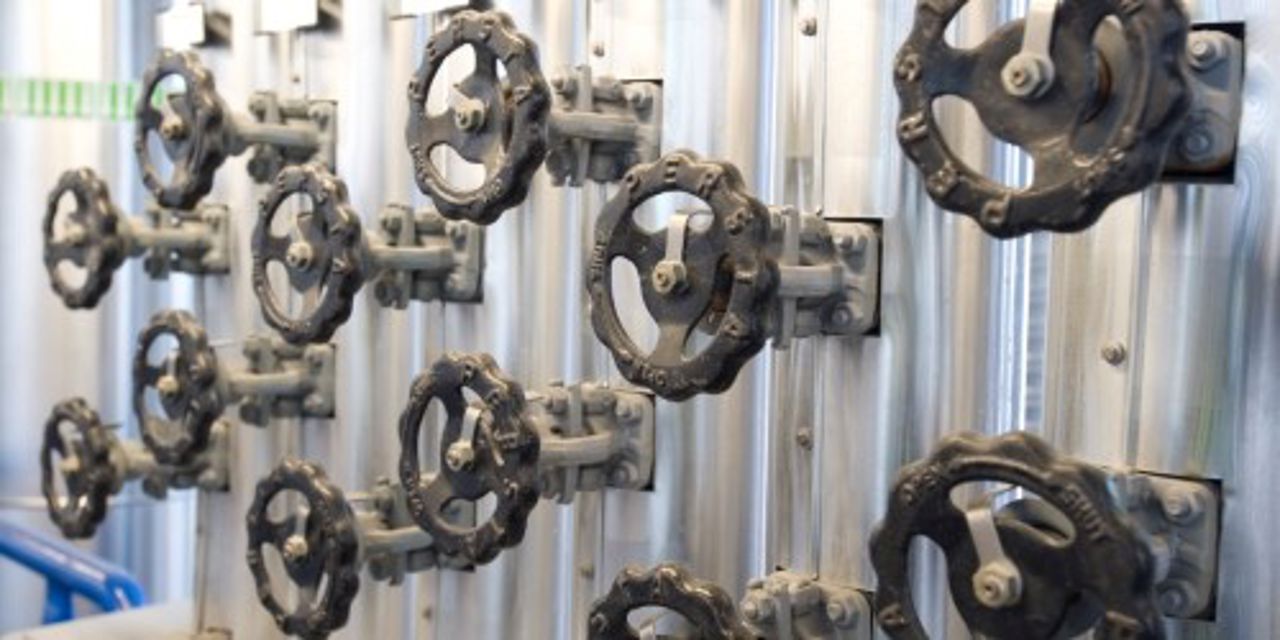
Valves at Trondheim district heating plant in Norway
Interested in our district heating services?
Learn more about our district heating business, Statkraft Varme, and our district heating and cooling services in Norway and Sweden.
Read more (Norwegian and Swedish only)
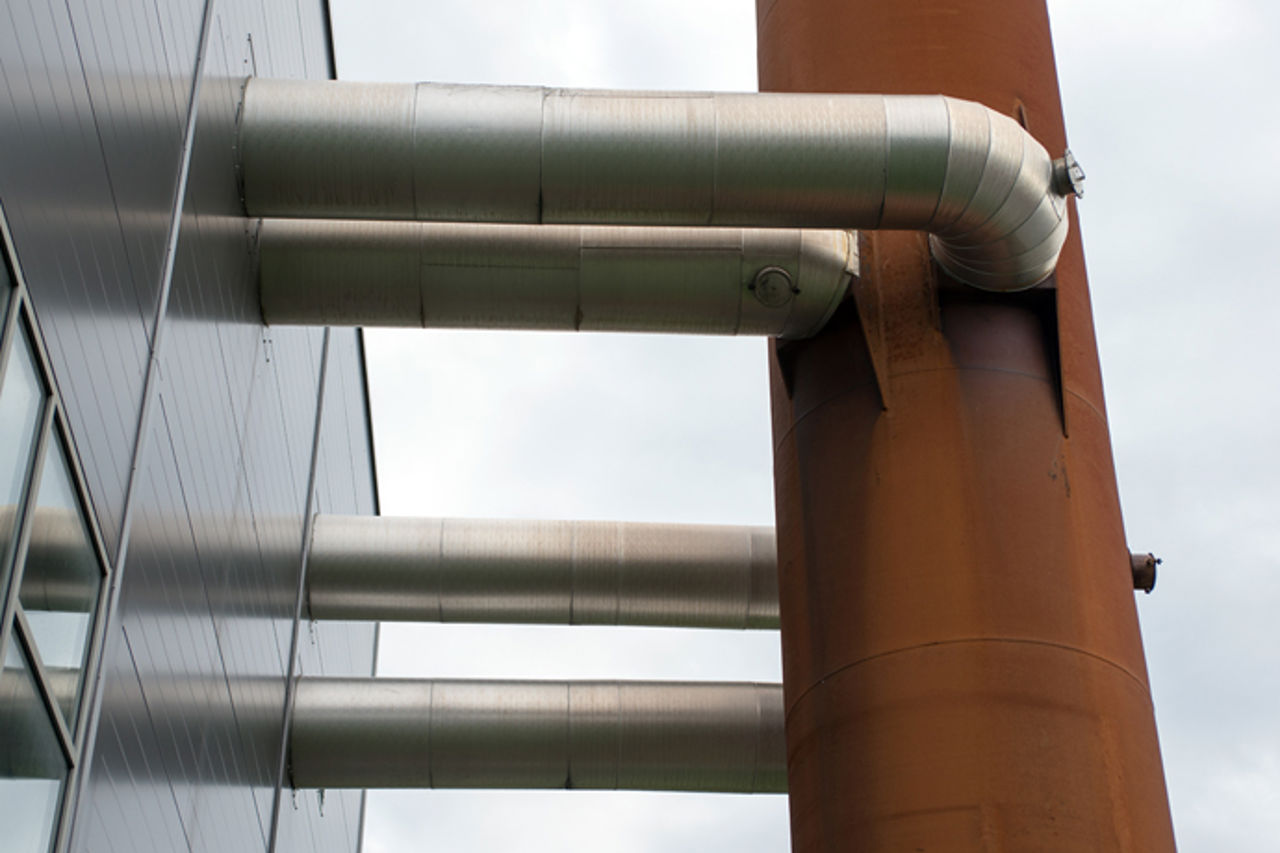
Pipes at Lillemoen district heating station.
District heating: Urban energy
Warming up cities with resources that would otherwise be wasted is an important contribution towards a climate-neutral energy supply.
Read more
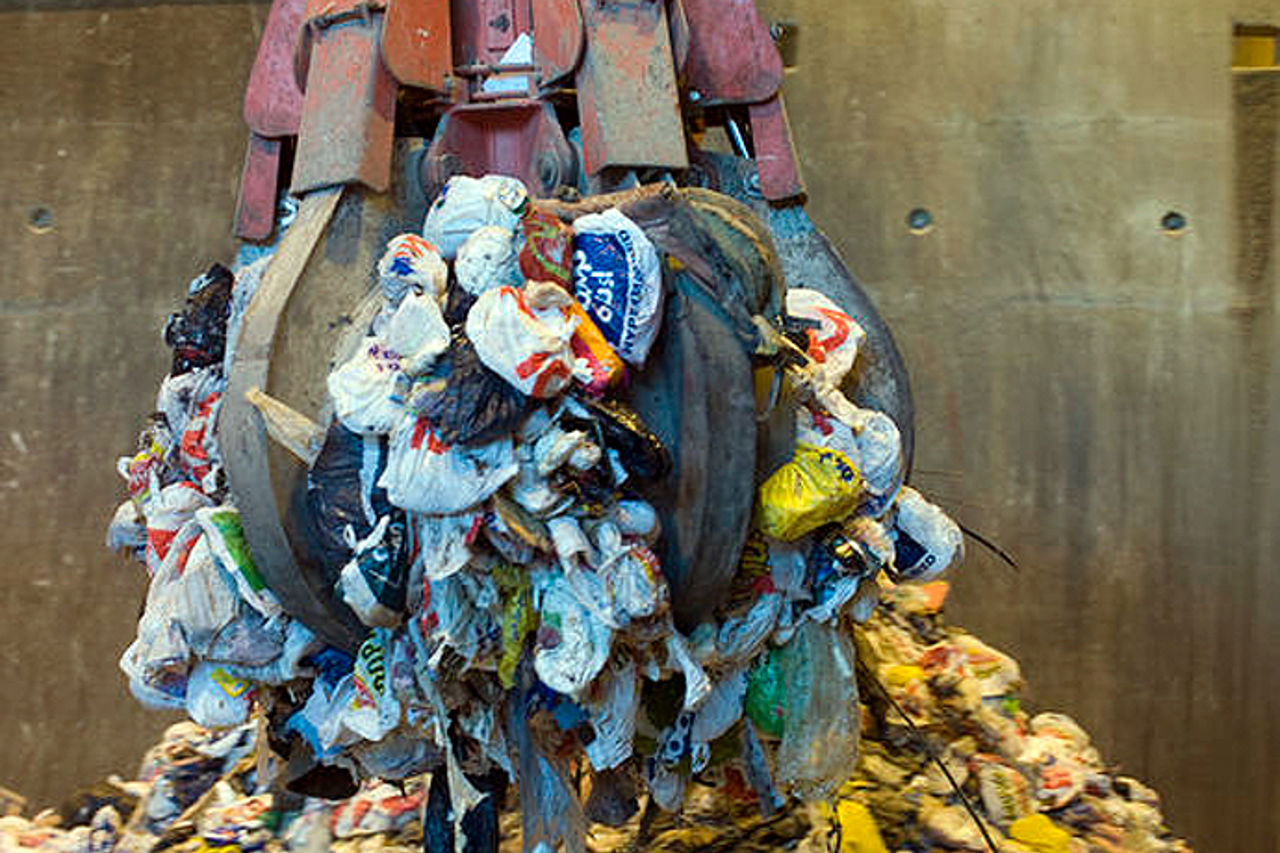
Surplus heat from waste incineration and industrial activities accounts for half of the energy sources in the district heating supply in Norway. The picture is from Trondheim Heating Center.
Mythbusting: "Burning waste to produce district heating is not climate-friendly"
Surplus heat from waste incineration is the largest energy source for district heating in Norway. So this cannot be particularly climate-friendly, or can it?
Read more
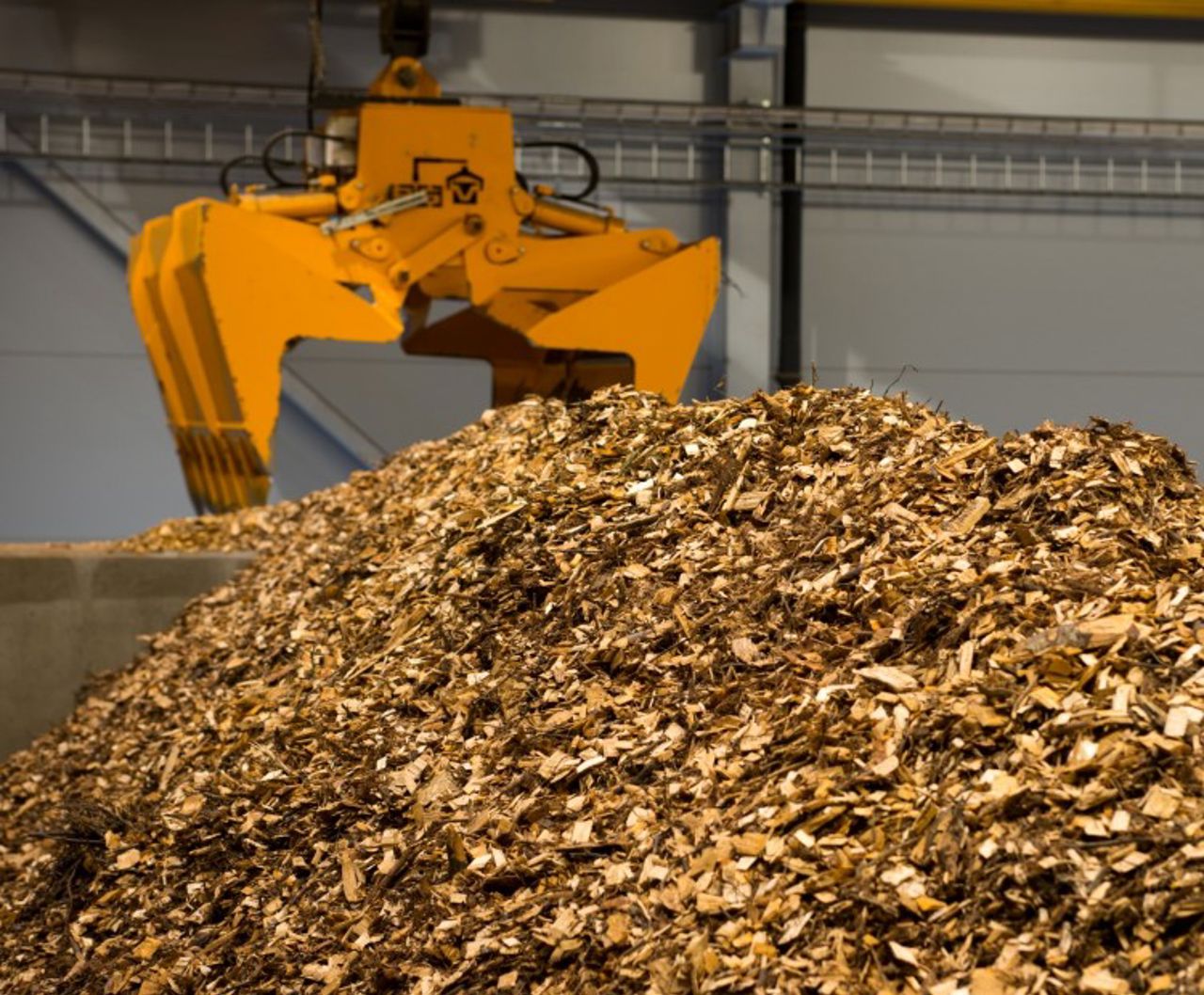
Wood chips at Stjørdal district heating plant in Norway.
Our district heating ambition
Our ambition is to strengthen our role as a profitable and customer-oriented district heating player in Norway and Sweden. We aim to be early movers by adopting new and smart solutions. We also want to take on a more proactive role towards developers to ensure that district heating is installed and used in the best possible way to ensure energy efficient buildings.
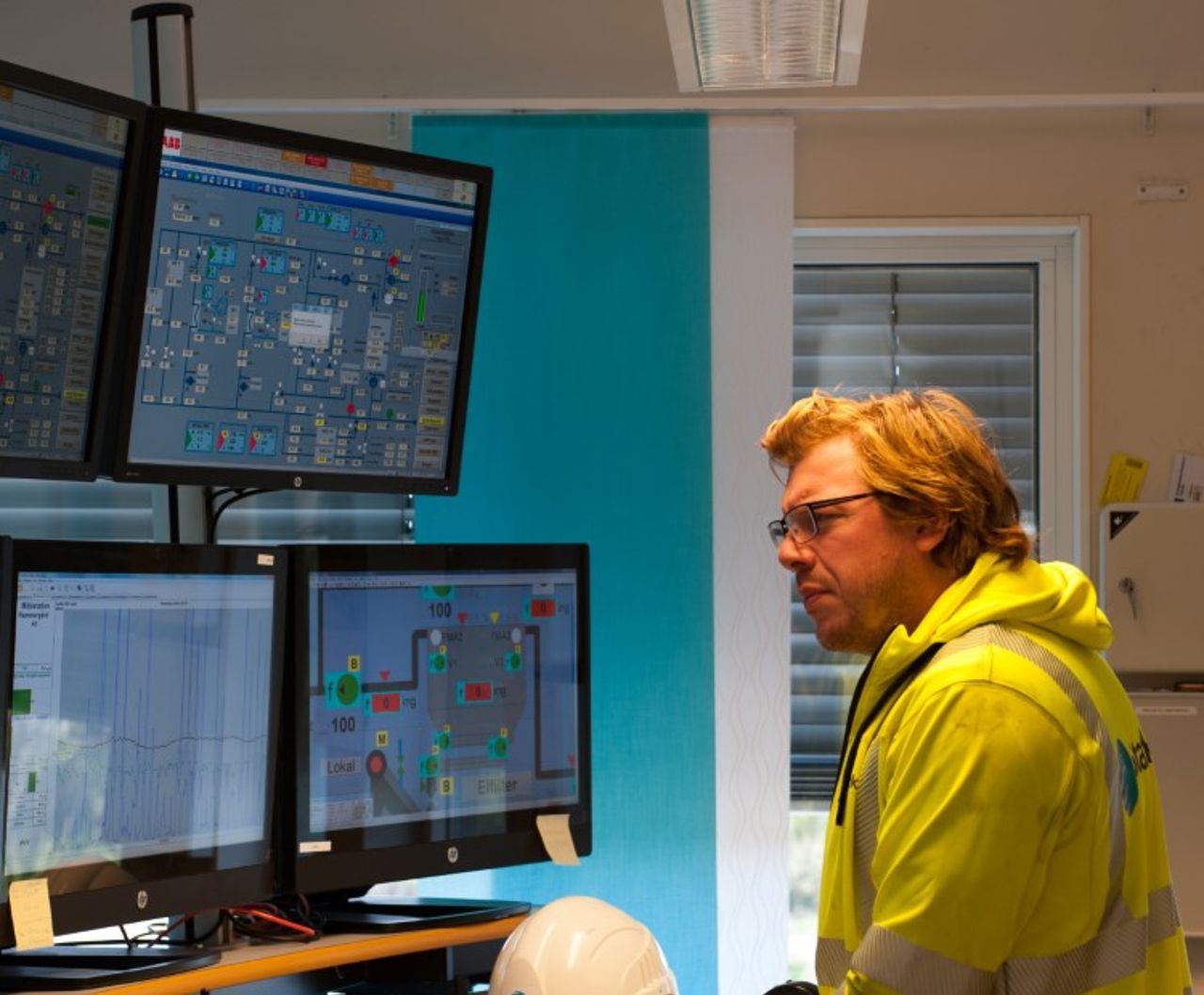
Plant administration at Kungsbacka district heating plant in Sweden
How does district heating work
District heating is about heating water. In practical terms, a district heating plant can be compared with a central heating installation that provides one or more buildings with hot water. The hot water circulates between the heating plant and the customer’s premises in insulated, underground steel pipes. Customers use the water for heating through piped underfloor heating or radiators and for heating tap water.
The water can be heated in many ways. At Statkraft we use for example surplus energy from industry, energy from sewage treatment facilities and landfill gas, as well as energy from oatmeal production and sea water. This energy is often locally supplied into the distribution network. In addition, we also have larger, central district heating plants that recover waste heat from forestry (bark, forest residue, solid wood, road clean-up etc.) and waste.
District heating can also be used to cool buildings. Cooling solutions can be distributed both through district cooling networks or through local solutions installed in individual buildings. In addition, it is relatively easy to use traditional cooling compressors in combination with district heating.
Find out more about our district heating assets
Statkraft has district heating assets in Norway and Sweden. Find out more about our district heating activities by exploring the map below.